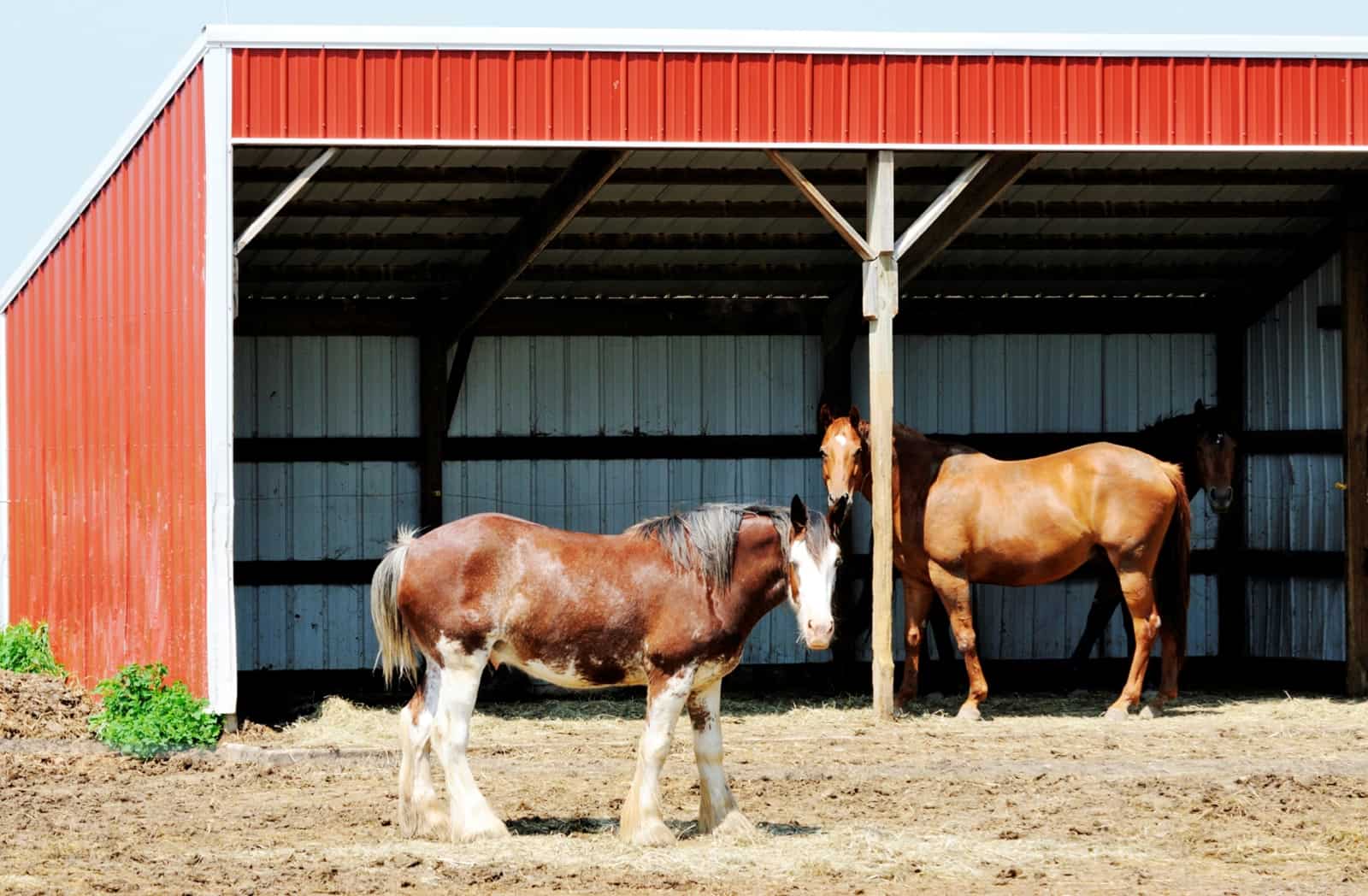Don’t Restrict Horses to Shelters in Hot Conditions

Common sense might say that if horses in hot, sunny conditions have access to a shade structure, they’ll use it. However, horses in these environments might not be a shelter-dependent as owners would think.
Betsy Greene, MS, PhD, professor and equine extension specialist at the University of Arizona, and colleagues recently conducted a study to find out how much time horses spent in the shade in desert conditions. She presented their findings at the 2019 Equine Science Society Symposium, held June 3-6 in Asheville, North Carolina.
The University of Arizona’s (UA) Campus Agricultural Center is home to an approximately 70-horse training and research herd. Until recently, said Greene, the desert facility’s paddocks didn’t have shade structures, which led to an outpouring of concern from the surrounding suburban community. So, in 2016 UA added shelters to its pens
Create a free account with TheHorse.com to view this content.
TheHorse.com is home to thousands of free articles about horse health care. In order to access some of our exclusive free content, you must be signed into TheHorse.com.
Start your free account today!
Already have an account?
and continue reading.

Written by:
Alexandra Beckstett
Related Articles
Stay on top of the most recent Horse Health news with












